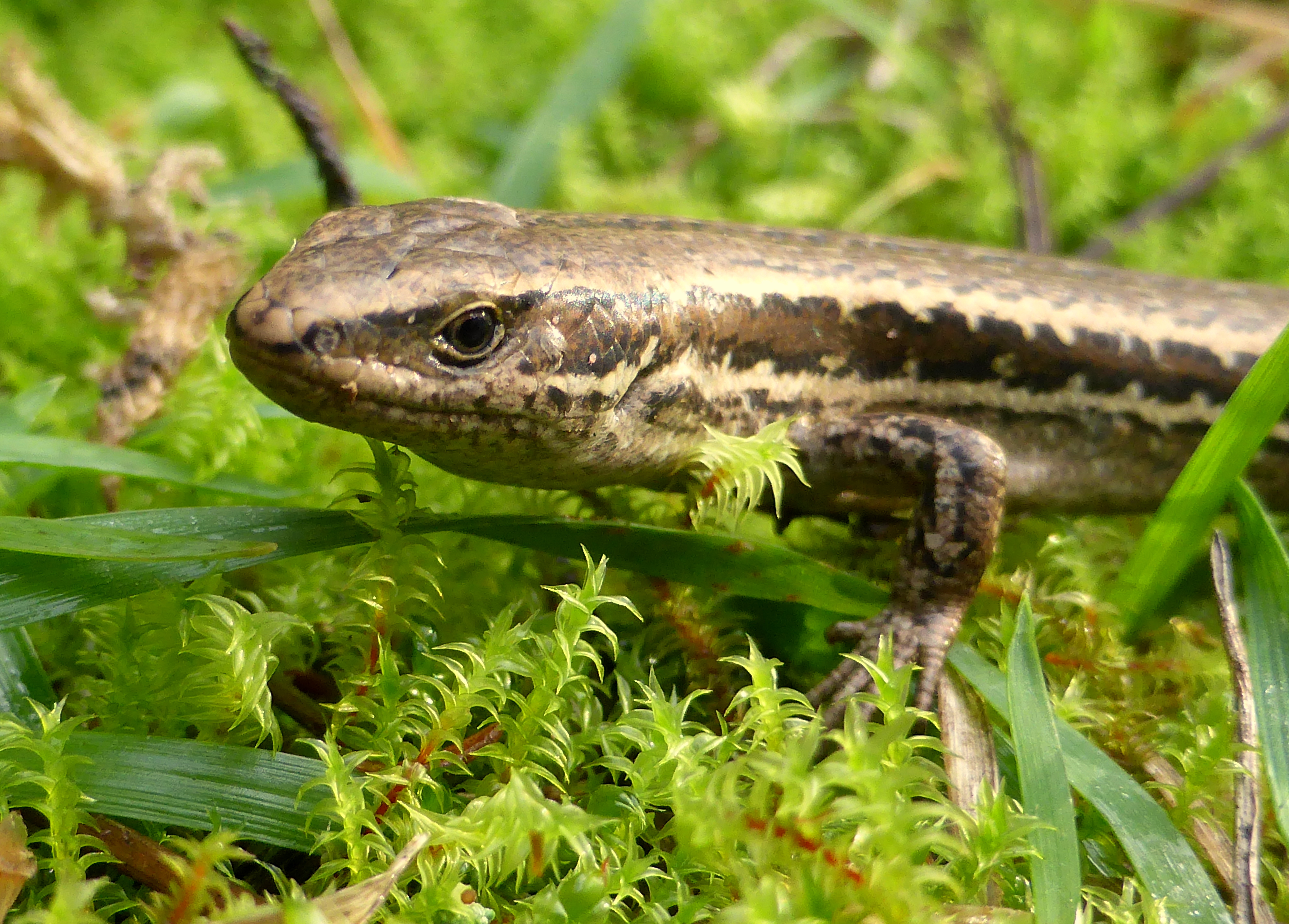When it comes to building new infrastructure, the Waimakariri District Council is asking staff to “think like a skink.”
That’s because the endangered Canterbury Grass Skink is at risk of displacement in Woodend and Rangiora where infrastructure projects are planned, so works are planned to catch, and rehome these endangered critters.
The last undeveloped part of the Kaiapoi Lakes Reserve was carefully chosen as the relocation site, and it already has several residents who’ve scuttled in and started making themselves comfortable.
The two cheekiest ones have been affectionately named Fred and Wilma by Council's ranger.
Relocating native lizards isn’t as simple as scooping them up and dropping them somewhere new. It takes careful planning, the right environment, and a long-term commitment to ensuring these special creatures don’t just survive but thrive.
Council’s Biodiversity Team Leader, Dr Bex Dollery, says the project is an example of how infrastructure development and ecological care can go hand in hand.
“The approach here is a great example of an infrastructure project considering environmental and biological impacts. You can achieve both in the right place with the right survey, care and planning.
“Our skinks love a range of habitats from a patch of unkempt grassland to a humble pile of stones or wood and what we have here is a great opportunity to showcase one of our important threatened local species as well as protect them for future generations.”
Through the collaboration of NZ Transport Agency, Department Of Conservation, Wildlands (ecology specialists) and Council staff, the Kaiapoi Lakes Reserve site is being enhanced to tick all the boxes for a safe and hap py skink life. This includes upgrades such as:
py skink life. This includes upgrades such as:
- Weed control and native planting
- Piles of wood and rocks to bask on and hide under
- Rabbit-proof fencing and pest management to keep predators out
- A safe, undisturbed location suited to the species.
Council staff are now busy putting the finishing touches on the new habitat with planting, habitat enhancements, and rabbit-proof fencing underway to get ready for rehoming in the coming months. Herpetologists (the lizard specialists) will also monitor the population in this location for at least five years to ensure they thrive.
This relocation and reserve enhancement is an example of ratepayer contributions building more than roads and pipes – they’re helping protect endangered species and the unique biodiversity of North Canterbury.
“This project is a great opportunity for locals to learn more about the unique biodiversity in North Canterbury. Once complete, we will get some signage up around the reserve describing the lizards, and we hope it can serve as an education and ideas place for people to think how they can create lizard habitat in their own backyards.”

